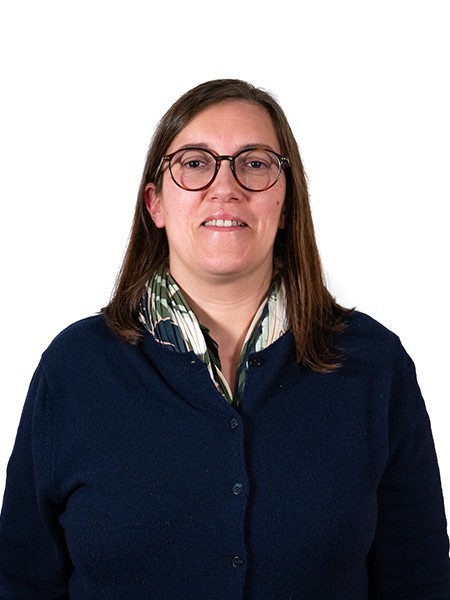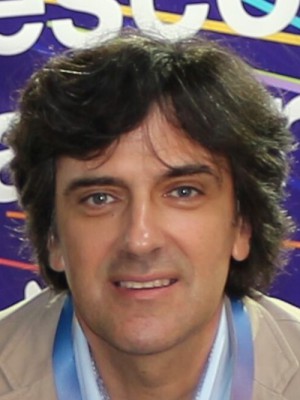resumo
Maraging steels have attracted the attention of the injection molding industry, mainly due to their mechanical properties. However, the use of these steels for complex inserts is still a challenge, given the limitations of conventional subtractive technologies. In this context, additive manufacturing technologies, especially Laser powder bed fusion (LPBF), arise as a solution for the manufacture of maraging steel parts with innovative designs. In this study, 18Ni300 maraging steel lattice structures with different architectures were designed and manufactured via Selective Laser Melting (SLM), targeting mold vents for gas escape during injection molding. Three types of structures, simple cubic (SC), body-centered cubic (BCC), and gyroid (G), with different dimensions were produced, and their mechanical performance under compression (prior and after aging treatment) and gas permeability were investigated. The produced structures displayed a first maximum compressive strength from 54.3 to 251.5 MPa and an absorbed energy (up to 0.5 strain) between 34.8 and 300.6 MJ/m3. After aging, these properties increased, with the first maximum compressive strength ranging from 93.0 to 453.3 MPa and the absorbed energy ranging from 34.8 to 300.6 MJ/m3. The SC structures' permeability was found to be between 4.9 x 10-11 and 2.0 x 10-10 m2, while for the BCC structures, it was between 2.2 x 10-11 and 1.2 x 10-10 m2. The gyroid structures' permeability ranged from 6.7 x 10-11 to 1.6 x 10-10 m2. This study shows that a tailored permeability can be attained through the design of AM lattice structures, via different architectures, that assure distinct mechanical properties.
palavras-chave
MICROSTRUCTURE; SCAFFOLDS
categoria
Materials Science; Metallurgy & Metallurgical Engineering
autores
Oliveira, DF; Vieira, JS; Duarte, I; Vincze, G; Oliveira, JM; Miranda, G
nossos autores
Grupos
G3 - Materiais EletroquÃmicos, Interfaces e Revestimentos
G4 - Materiais Renováveis e Economia Circular
Projectos
Desenvolvimento de novos compósitos de matriz metálica e termoplástica (NANO-SIM 3D)
CICECO - Aveiro Institute of Materials (UIDB/50011/2020)
CICECO - Aveiro Institute of Materials (UIDP/50011/2020)
Associated Laboratory CICECO-Aveiro Institute of Materials (LA/P/0006/2020)
agradecimentos
This work was developed within the scope of the project Nano-SIM 3D(POCI-01-0247-FEDER-039842) and project CICECO-Aveiro Institute of Materials, UIDB/50011/2020, UIDP/50011/2020, and LA/P/0006/2020, financed by national funds through the FCT/MCTES (PIDDAC). Additional acknowledgements go to the projects UIDB/00481/2020 and UIDP/00481/2020-Fundacao para a Ciencia e a Tecnologia, and CENTRO-01-0145-FEDER-022083-Centro Portugal Regional Operational Programme (Centro2020), under the PORTUGAL 2020 Partnership Agreement, through the European Regional Development Fund.



